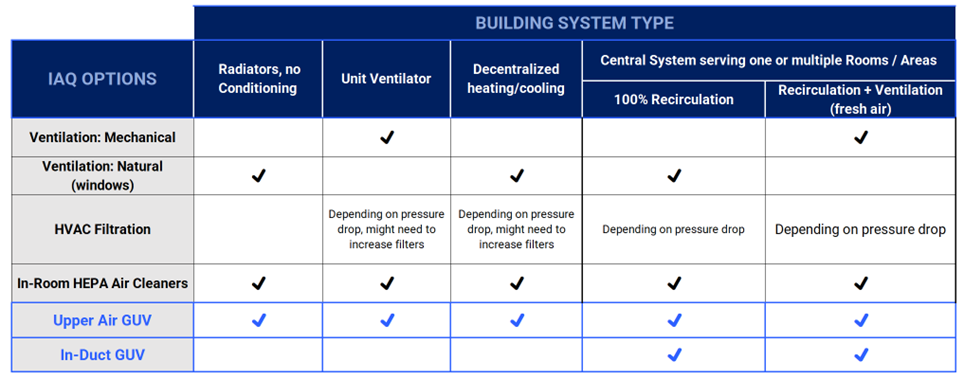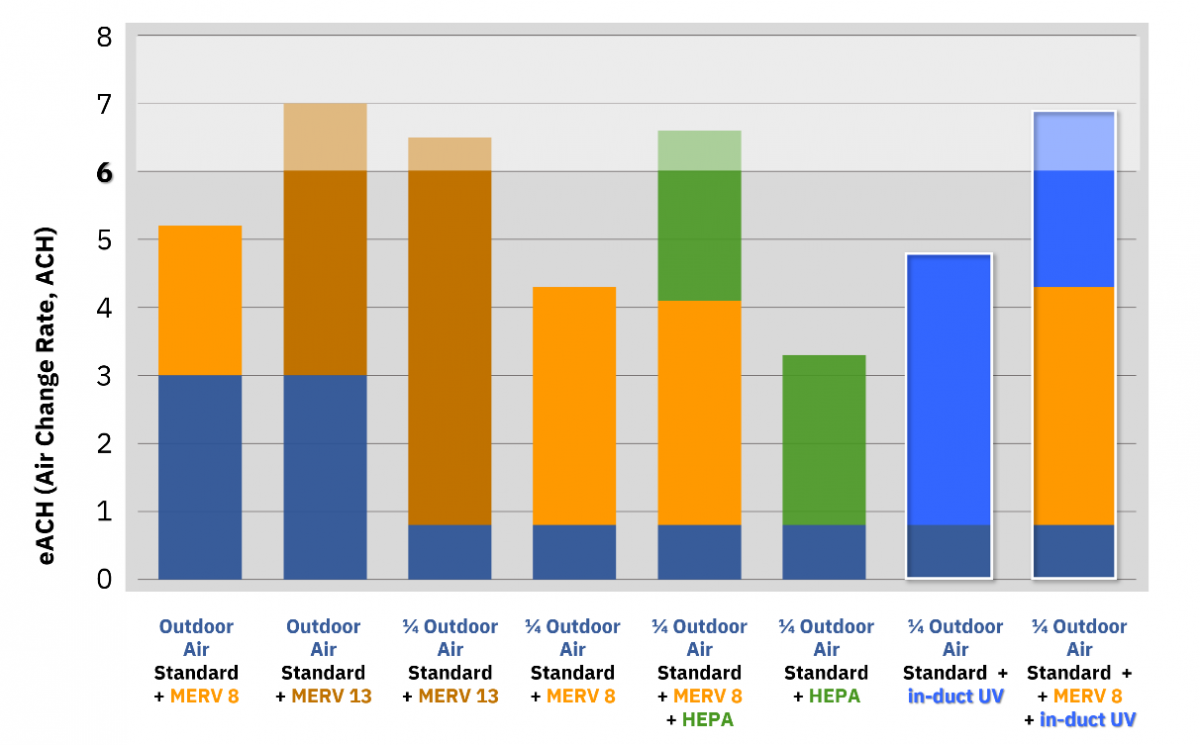(2 minutes read. Download complete article: DOWNLOAD PDF)
THE BENEFITS OF IAQ FOR STUDENTS, TEACHERS, AND SCHOOL BUDGETS
Schools are places where students and staff spend a significant amount of time, typically more than six hours a day. Therefore, the quality of indoor air has a direct impact on their overall well-being and learning and performance outcomes.
Poor IAQ in schools can cause or exacerbate several health problems, including asthma, allergies, respiratory infections, headaches, fatigue, nausea, and eye, nose and throat irritation.
These health effects can lead to increased absenteeism, decreased concentration and productivity, lower test scores, and higher medical costs.
Poor IAQ can also lead to higher operating costs and even damage to school buildings and equipment, resulting in higher maintenance and repair costs.

But until recently, it wasn't even clear to school officials how clean the air in school buildings should be, and we were asking school districts and facilities to make decisions and investments they didn't really understand.
Several guidelines make it clear that in order to mitigate "infected" indoor air, we need to have a significant outdoor air exchange or equivalent air exchange (eACH) per hour.
The latest standard recommends that classrooms get at least 6 ACH, or six air changes - the equivalent of replacing all the air in a room - per hour.

A major study underscores that the probability of infection from spending 6 hours in a classroom is higher than being hospitalized for 24 hours, yet there is no clear understanding of the risk of sending students to school without a specific, structured strategy to protect them from this threat.
Download our UV FACTS Document to learn why you should monitor CO2, analyze your building ventilation system, and understand how to improve IAQ without spending more money, the smart way.




